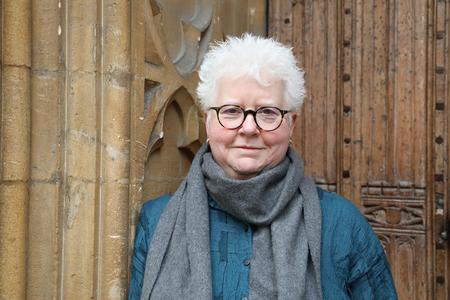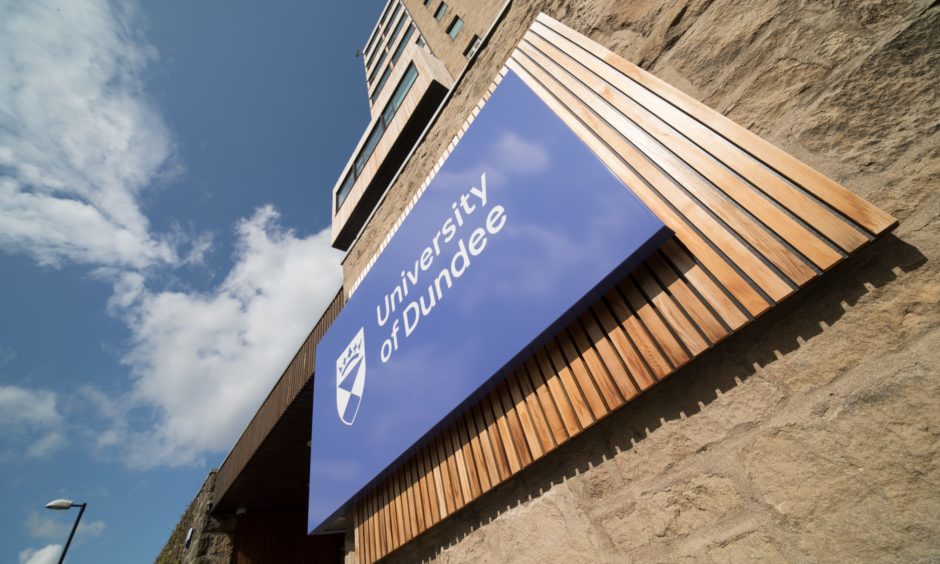Between them they have devised countless gruesome killings, keeping readers guessing to the final twist in the tale.
But it will be the turn of top crime writers including Scots novelists Val McDermid and Craig Robertson to work out whodunit in an online interactive theatre project debuting next week.
The Evidence Chamber has been developed by Dundee University’s Leverhulme Research Centre for Forensic Science (LRCFS) to let members of the public play the role of jurors in a murder trial.
After premiering as a live show at the university’s Festival of the Future event last year, the design studio Fast Familiar has now re-imagined it as an interactive courtroom drama and the two crime-writing Scots will be joined by Nigerian-born literary sensation Oyinkan Braithwaite on the first jury panel.
The trial will take place on July 23, a day before members of the public can book a seat in the jury box.
World-leading expertise of the LRCFS team helped the show’s producers to provide insights into how forensic evidence is presented in court and the online version hopes to repeat the success of live performances which have been a huge hit with crime fiction and true crime fans.
Its creators say the move will help further LRCFS research into the use of digital technology in the courtroom.
LRCFS director, Professor Niamh Nic Daéid said, “We are delighted that Fast Familiar have repurposed the Evidence Chamber for remote audiences, as discovering innovating new ways of communicating forensic science is vital to our mission to ensure that the evidence presented in court is as scientifically robust as possible.
“When juries are making decisions about a person’s guilt or innocence, it is vital that they have confidence in their understanding of the scientific robustness of the evidence presented to them. “That is why we work creatively and collaboratively to make science accessible to the public within the criminal justice context.”
The Evidence Chamber is also an exploration of how we make decisions, what we find persuasive and how being part of a group can affect our decisions.”
The case facing McDermind, Robertson, Braithwaite and their fellow jurors revolves around Reeta Banerjee, a celebrated human rights activist found dead at her home.
Electrical good are missing from her office and the suspect, Andrew Davidson, swears he wasn’t there.
In the online jury room, participants will watch the testimonies and scrutinise the evidence before debating them with fellow jurors and reaching a verdict.
Best-selling author Val McDermid, an honorary graduate of the university, said: “What goes on behind the closed doors of a jury room is constantly intriguing.
“We’ve all been astonished by verdicts. For me, having the inside track on weighing the evidence will be a real treat.”
The Evidence Chamber takes place at various times from July 24 to August 8, with tickets available via Eventbrite.











